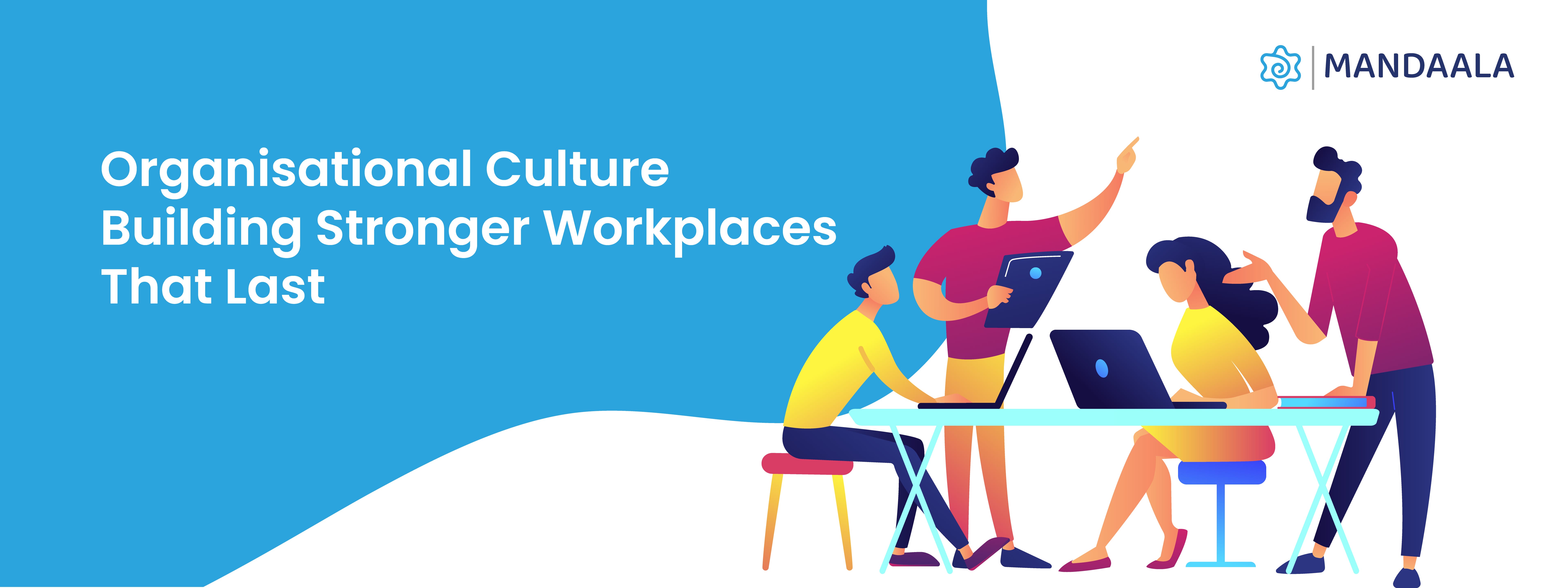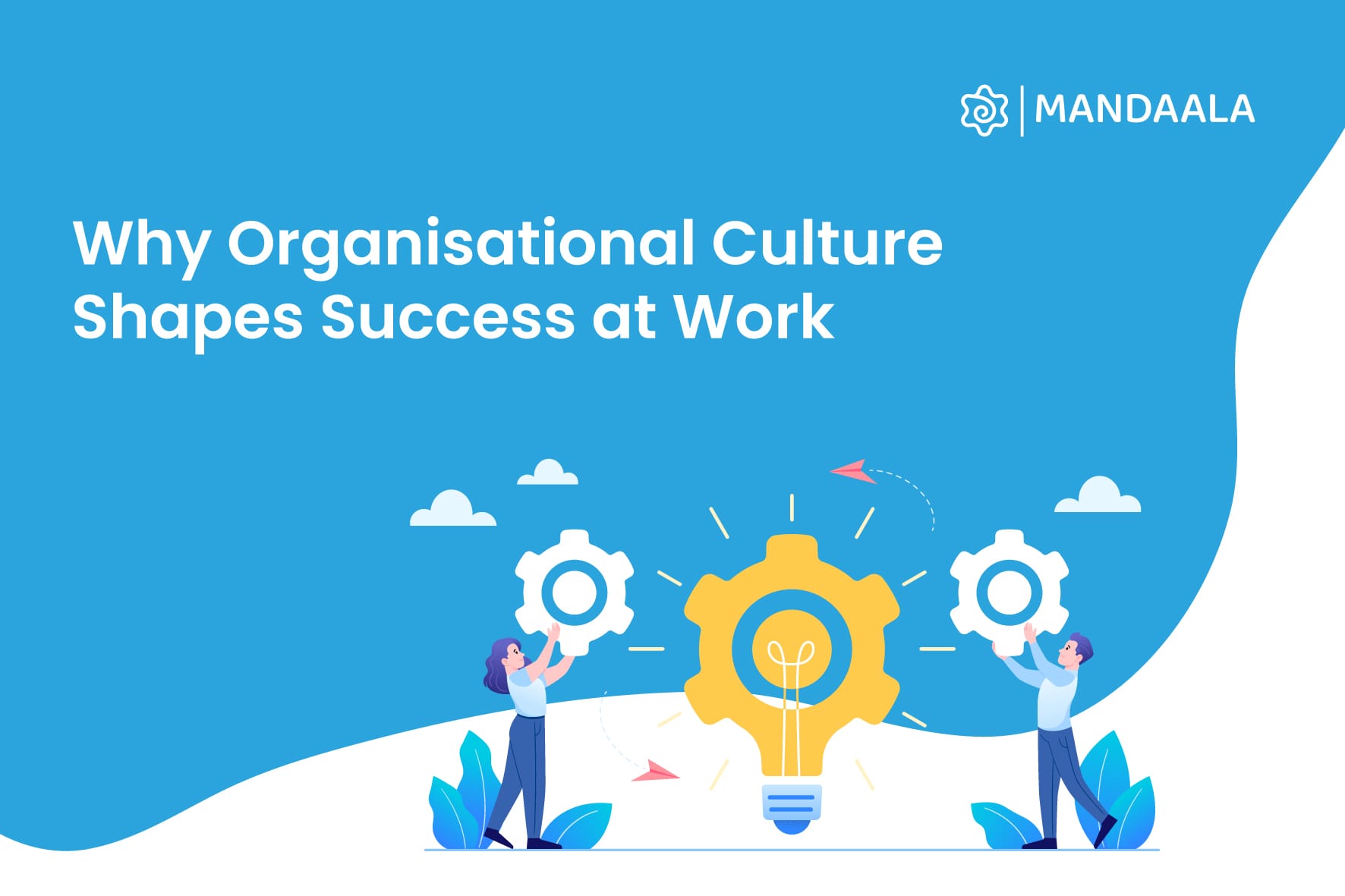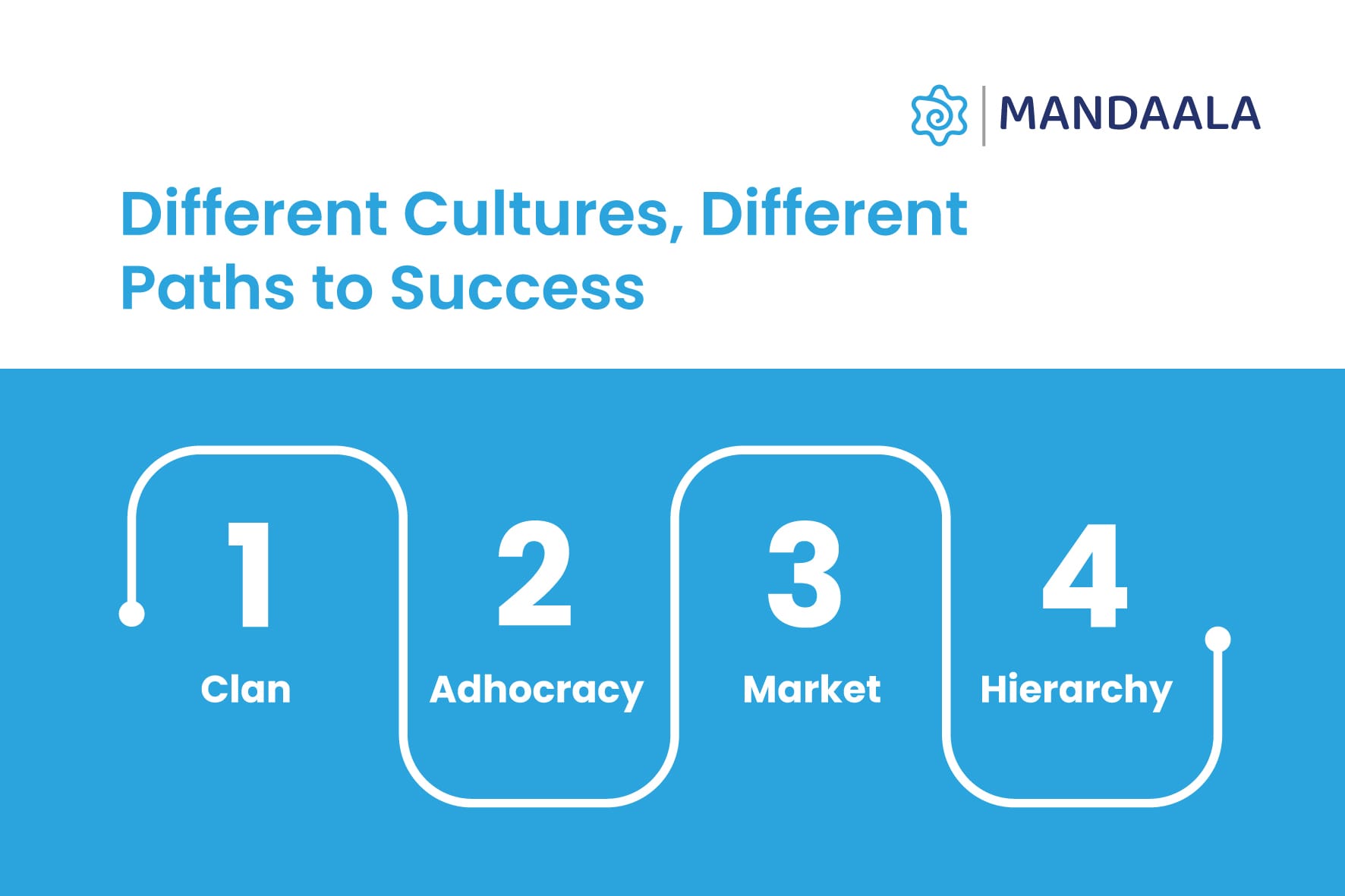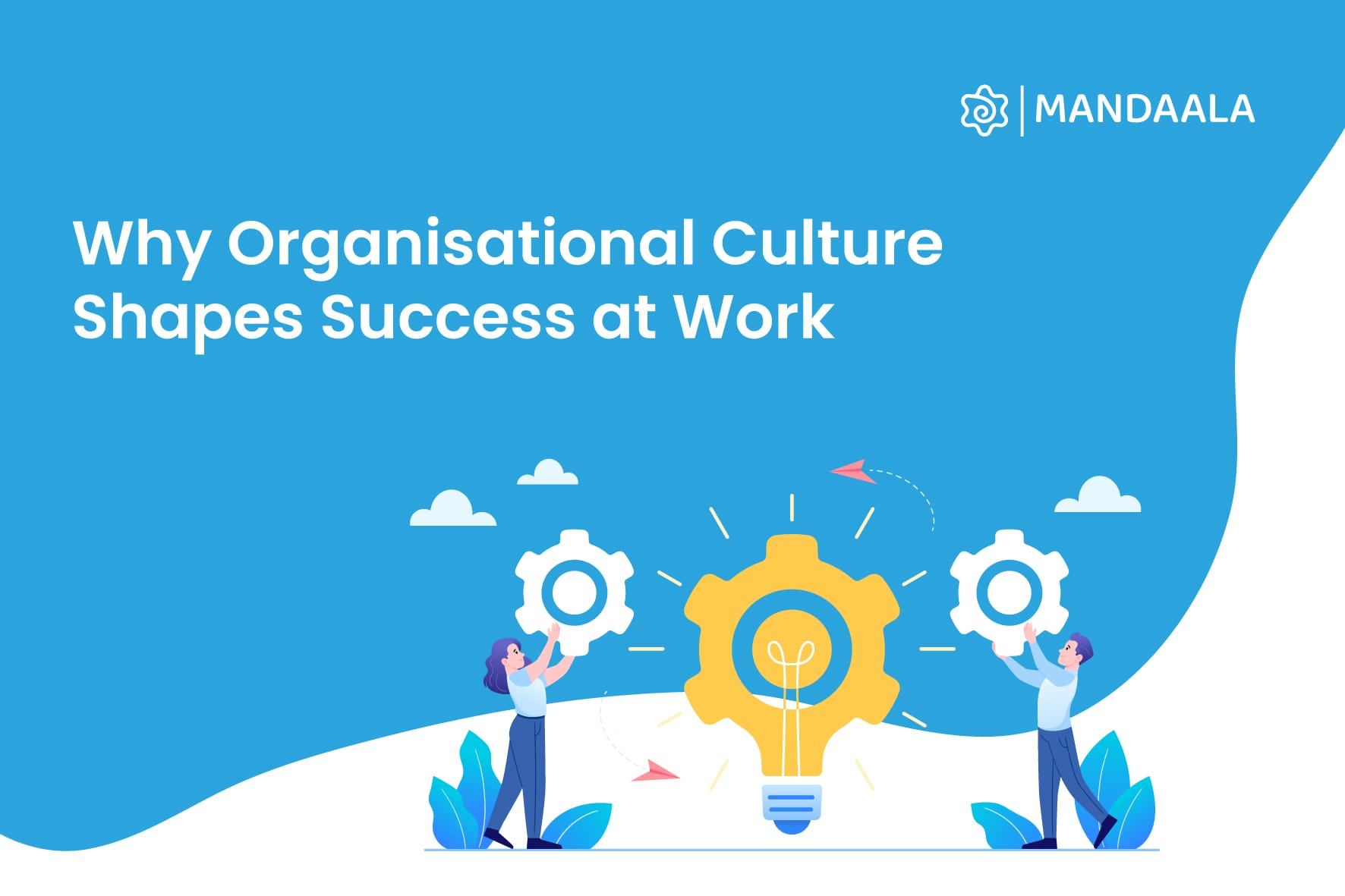Organisational Culture in the Workplace : Types, Importance, and How to Build It

Walk into two different companies, and you’ll notice how each feels unique. Some workplaces buzz with collaboration and energy, while others prioritise order and structure. This “feel” is more than just office design or perks, it’s organisational culture in the workplace. In today’s competitive landscape, building the right culture is not just desirable, it’s essential for long-term success.
What is Organisational Culture?
Organisational culture is the collective set of values, behaviours, norms, and practices that define how people work together. It guides decision-making, shapes teamwork, and influences how success is celebrated. At its heart, it is “how things are done here.” Understanding organisational culture is crucial, because it provides direction, builds trust, and creates a sense of belonging among employees. Strong organisational culture in the workplace not only strengthens identity but also becomes the foundation for long-term growth.
Importance of Organisational Culture

The importance of organisational culture is that it’s not just about values on paper, it actively shapes how employees think, work, and connect with the organisation.
1. Improves engagement and retention
A strong organisational culture in the workplace gives employees a sense of purpose and belonging. When people feel aligned with company values, they are more engaged in their roles and less likely to leave, reducing turnover and strengthening loyalty.
2. Boosts performance and productivity
Positive cultures encourage trust, collaboration, and accountability. Teams communicate better, avoid unnecessary conflict, and focus on results. These everyday behaviours become organisational culture examples of how culture directly drives efficiency and business outcomes.
3. Attracts top talent
In recruitment, candidates look beyond salary and benefits, they want to know if the company’s environment matches their personal values. This is why organisational culture is important; it acts as a magnet for top performers and often determines whether an offer is accepted.
4. Strengthens brand reputation
Culture is visible outside the organisation through employee advocacy and customer interactions. When people feel respected and motivated internally, it enhances the brand externally, proving the importance of organisational culture in shaping reputation.
5. Supports adaptability
Companies that nurture flexible types of organisational culture are better equipped to navigate change. Whether it’s adopting new technology, entering new markets, or managing hybrid work, a resilient culture allows organisations to adapt without losing identity.
Characteristics of a Strong Organisational Culture
The characteristics of organisational culture show up in daily behaviours and interactions, making the culture visible beyond policy documents.
1. Shared vision and values
Employees understand not just what the company does, but why. A clear mission and consistent values guide choices across all levels.
2. Open communication
Information doesn’t stay trapped at the top. Ideas, feedback, and updates move freely, creating an atmosphere of honesty and trust.
3. Trust and respect
People feel safe to voice opinions and know they will be heard. Respect in everyday interactions builds stronger working relationships.
4. Recognition and celebration
Achievements and contributions are acknowledged regularly, reinforcing behaviours that strengthen the culture.
5. Accountability
Roles and expectations are clear. Individuals take ownership of outcomes, and collective responsibility drives trust across the organisation.
Types of Organisational Culture

Not every company functions the same way. Over time, researchers have identified distinct types of organisational culture that shape how businesses operate. The most widely recognised framework is the Competing Values Framework, which outlines four core types:
- Clan Culture : A collaborative environment where the workplace feels like a community. Leaders act as mentors, teamwork is highly valued, and employees build strong connections.
- Adhocracy Culture : A dynamic culture that thrives on innovation and risk-taking. This organisational culture in the workplace encourages experimentation, adaptability, and bold ideas to stay ahead in changing markets.
- Market Culture : Results-driven and competitive. Companies with this culture focus on achieving goals, measuring performance, and staying ahead of competitors, with success tied closely to outcomes.
- Hierarchy Culture: Structured and process-oriented. Stability, rules, and clear responsibilities guide how work gets done, making efficiency the hallmark of this type.
Modern workplaces also adopt variations such as:
- Purpose-driven culture :
Centred on mission and impact, inspiring employees by linking daily work to larger social or environmental goals.
- Learning culture :
Encourages curiosity, feedback, and continuous skill development as part of everyday operations.
- Coaching culture :
Focused on growth through guidance, where leaders actively support employees in achieving their potential.
These organisational culture examples show that companies rarely fit neatly into one type. Many blend styles to reflect their goals, values, and workforce.
How to Build Organisational Culture in the Workplace

Creating a strong organisational culture in the workplace takes deliberate action. These steps make culture real, not just aspirational:
1. Define mission and core values
Go beyond posters and slogans. Embed values into hiring, onboarding, and performance reviews so employees see how organisational culture shapes their daily work.
2. Leadership alignment
Culture fails without example. Leaders should model behaviours, like transparency and accountability, that show employees why organisational culture is important.
3. Foster transparent communication
Make feedback two-way. Town halls, anonymous surveys, and open-door policies create trust and demonstrate the importance of organisational culture in everyday interactions.
4. Encourage collaboration and trust
Build systems, like cross-functional projects or peer recognition, that help employees rely on one another. These practices strengthen a culture in the workplace that values teamwork.
5. Recognise and reward contributions
Recognition doesn’t have to be grand; it has to be consistent. From thank-you notes to structured reward programmes, acknowledging effort reinforces positive organisational culture examples.
6. Invest in employee growth
Support upskilling, mentoring, and career pathways. A learning-focused culture is one of the most sustainable types of organisational culture, keeping employees engaged and future-ready.
Together, these steps show how to build organisational culture that feels authentic, drives performance, and lasts through change.
Challenges in Building or Maintaining Organisational Culture
Even the strongest organisational culture in the workplace can face obstacles. Some of the most common challenges include:
1. Resistance to change
Employees may feel attached to old habits. Overcoming this requires clear communication and examples of why organisational culture is important for the future.
2. Lack of communication
Culture weakens when information is inconsistent or unclear. Building trust means creating channels where people feel informed and heard.
3. Weak leadership commitment
If leaders don’t live the values, culture initiatives lose credibility. Authentic behaviour is critical to building lasting organisational culture examples.
4. Remote and hybrid complexities
Distance makes it harder to keep people connected. Digital tools, virtual rituals, and flexible policies are now vital parts of how to build organisational culture in modern workplaces.
Factors that Shape Organisational Culture
Several elements come together to define the character of an organisation. The key factors that shape organisational culture in the workplace include:
1. Leadership style :
How leaders communicate, make decisions, and behave sets the tone for culture across the company.
2. Company values and mission :
Clear values provide direction and show employees why organisational culture is important.
3. Work environment :
Office design, policies, and even digital tools influence daily interactions and reinforce culture.
4. Employee demographics :
A diverse workforce introduces different perspectives, shaping inclusive organisational culture examples.
5. Industry and market context :
Competitive pressures and customer expectations influence which types of organisational culture thrive.
How to Identify Your Organisational Culture
Before deciding what culture you want to build, you need a clear picture of the one you already have. Assessing the current organisational culture in the workplace helps you spot both strengths and gaps.
1. Observe behaviours :
Look at how employees interact, collaborate, and make decisions; these daily patterns reveal the real culture.
2. Review communication :
Analyse how openly information flows between leaders and teams to see whether trust and transparency exist.
3. Examine decision-making style :
Check if choices are driven by hierarchy, consensus, or innovation, each reflects different types of organisational culture.
4. Collect employee feedback :
Surveys and focus groups highlight how people experience culture and why organisational culture is important to them.
5. Study recognition practices :
Notice how (and how often) contributions are celebrated; these are practical organisational culture examples in action.
Building a Culture That Lasts
A strong organisational culture in the workplace doesn’t happen by chance, it’s designed with intention and lived every day. From choosing the right types of organisational culture to aligning leadership and employees, culture becomes the thread that ties strategy and people together. The importance of organisational culture lies in its power to shape not only business outcomes but also the employee experience. Companies that commit to building the culture they want to see are the ones that thrive, adapt, and leave a lasting impact.
Mandala is the solution arm of PrintStop India.